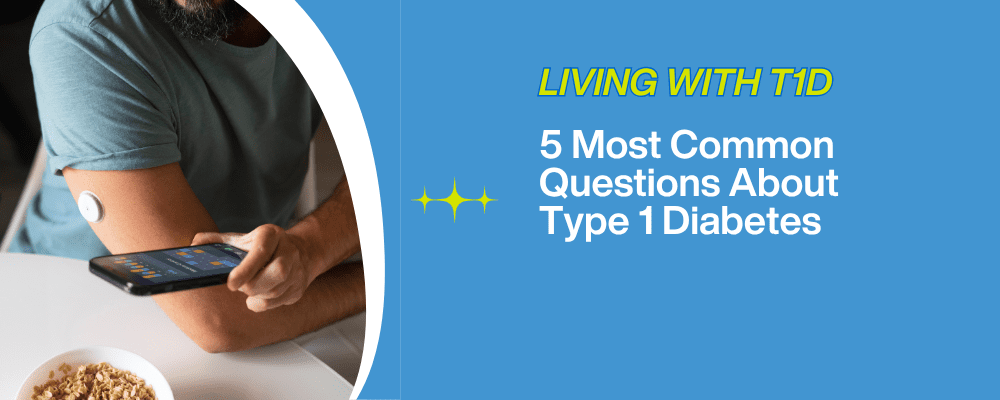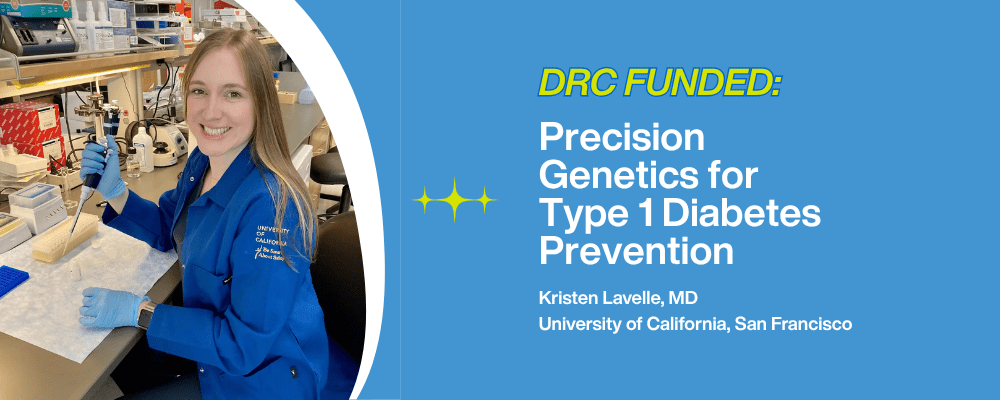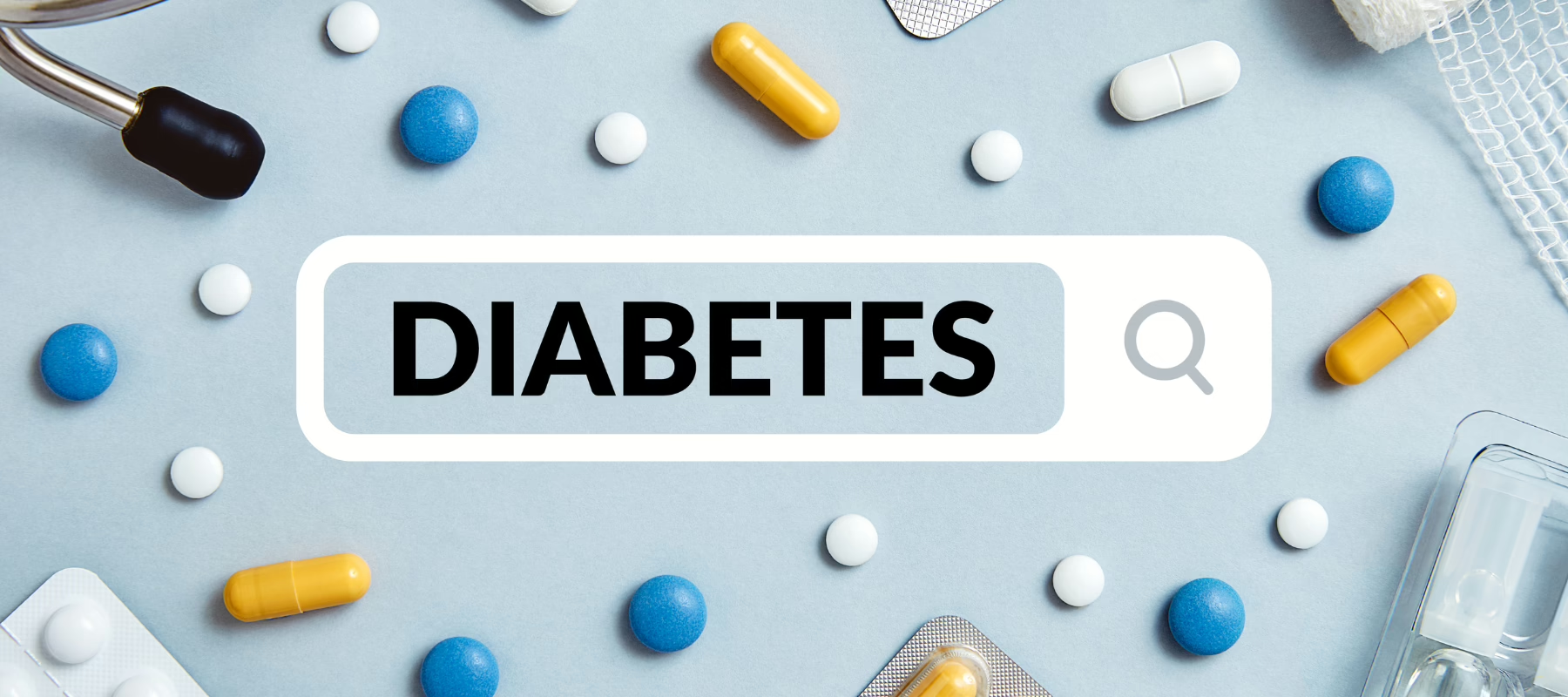Detecting Diabetic Retinopathy Using Artificial Intelligence
Managing blood sugar is not the only challenge that individuals with type 1 diabetes (T1D) face. There can be numerous complications that arise from the disease including conditions such as nerve damage, kidney damage, and eye damage. Diabetic retinopathy – or damage to the retinas – is caused by high blood sugar levels, which can weaken blood vessels and cause them to leak or bleed. If left untreated, it can lead to sight loss or even blindness.
To help prevent vision problems, individuals with T1D are encouraged to have a comprehensive dilated eye exam every year to check for issues. One of the challenges that healthcare systems experience is keeping up with evaluating each scan because it comes with a heavy human workload. However, a recent study in the United Kingdom may have found a way to significantly speed up the process without sacrificing the quality of results.
Researchers explored the possibility of using artificial intelligence (AI) to screen images for signs of damage. The screening technology, called EyeArt, was used to assess 120,000 images collected from 30,000 patient scans as part of the Diabetic Eye Screening Programme (DESP). According to the study, “The results showed that the technology has 95.7% accuracy for detecting damage that would require referral to specialist services, but 100% accuracy for moderate to severe retinopathy or serious disease that could lead to vision loss.”
Projections estimate that using AI screening technology could save the National Health Service (NHS) more than £10 million every year on more than 2.2 million screening episodes. It would greatly decrease the demand for human grading of scans and save time. This technology has the ability to be used outside of England as well, resulting in even more cost savings and the opportunity to reduce resource demands while also helping to protect the vision of millions of individuals with T1D. Diabetic retinopathy is treatable if caught early.
The current coronavirus pandemic has caused a backlog in cases, but AI has the potential to help healthcare providers catch up and continue providing quality care to reduce vision loss from diabetes. The technology was independently tested using more than 120,000 real-world patient images, helping to validate its effectiveness and benefits.
Individuals with T1D must be vigilant about their health and undergoing regular screenings to check for potential complications or issues. The use of artificial intelligence is one more way to enhance the quality and efficiency of testing and promote better health. Diabetes Research Connection (DRC) is interested to see how this study evolves, and if more countries will follow suit when it comes to using AI to grade diabetic eye screening images.
It is these types of advancements that help grow our understanding of type 1 diabetes and improve how this condition is treated and managed. The DRC supports these efforts by providing critical funding to early-career scientists pursuing novel research studies focused on T1D. One hundred percent of donations go to the scientists. To learn more about current projects and how to help, visit http://localhost/drc.
Please DONATE NOW so DRC can keep bringing you credible, peer-reviewed T1D news and research.
Thank you




